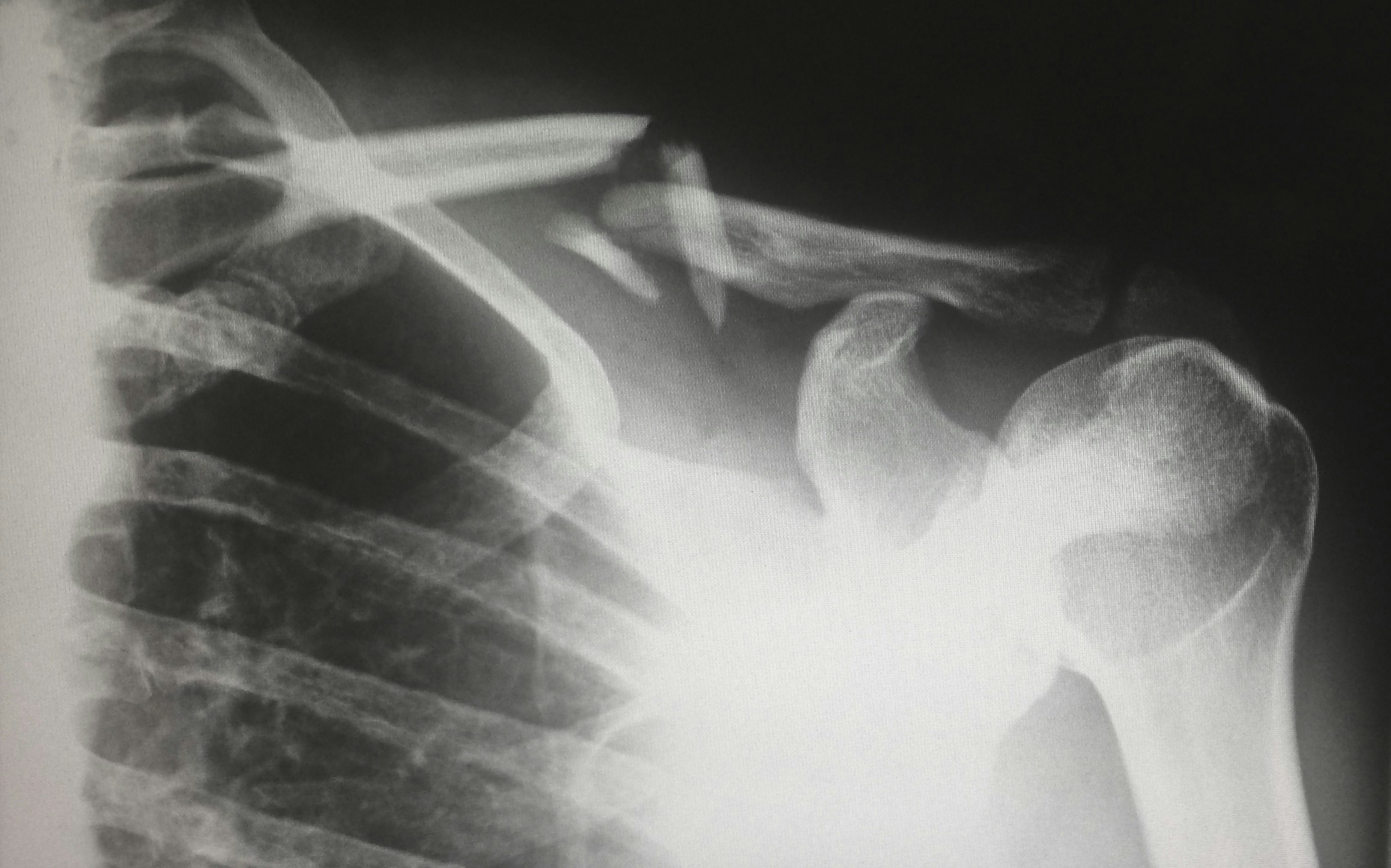
Portable X-Ray Machines: Features to Look For
Outline:
I. Introduction to Portable X-Ray Machines
II. Importance of Portable X-Ray Machines
A. Mobility
B. Point-of-care diagnostics
C. Emergency situations
III. Key Features to Look For
A. Image Quality
1. Resolution
2. Contrast
B. Portability
1. Weight
2. Size
3. Battery life
C. Ease of Use
1. User interface
2. Touchscreen capabilities
D. Connectivity
1. Wireless capabilities
2. PACS integration
E. Radiation Safety
1. Dose reduction technologies
2. Shielding
IV. Advanced Technologies
A. Digital Radiography (DR)
B. Computed Radiography (CR)
V. Durability and Ruggedness
A. Construction materials
B. Environmental resistance
VI. Software and Image Processing
A. Image enhancement tools
B. Artificial Intelligence integration
VII. Regulatory Compliance
A. FDA approval
B. International standards
VIII. Cost Considerations
A. Initial investment
B. Long-term value
IX. Manufacturer Support and Training
A. Technical support
B. User training programs
X. Conclusion
XI. FAQs
Article:
Portable X-Ray Machines: Features to Look For
Introduction to Portable X-Ray Machines
In the ever-evolving world of medical technology, portable X-ray machines have emerged as game-changers in diagnostic imaging. These compact powerhouses bring the capabilities of traditional X-ray rooms to the patient's bedside, revolutionizing the way we approach medical imaging. But with so many options on the market, how do you choose the right one? Let's dive into the essential features you should look for when considering a portable X-ray machine.
Importance of Portable X-Ray Machines
Mobility
One of the most significant advantages of portable X-ray machines is their mobility. Gone are the days when patients had to be transported to a dedicated X-ray room, which could be uncomfortable and potentially risky for critically ill individuals. Now, the X-ray comes to them!
Point-of-care diagnostics
Portable X-ray machines enable point-of-care diagnostics, allowing healthcare providers to make quick decisions based on immediate imaging results. This can be particularly crucial in emergency departments, intensive care units, or even in remote healthcare settings.
Emergency situations
In disaster zones or during mass casualty events, portable X-ray machines prove invaluable. They can be quickly deployed to assess injuries and guide treatment decisions in challenging environments where traditional imaging facilities might not be available.
Key Features to Look For
Image Quality
Resolution
When it comes to X-ray images, clarity is king. Look for machines that offer high-resolution imaging capabilities. The higher the resolution, the more detail you'll be able to see, which can be crucial for accurate diagnoses.
Contrast
Good contrast in X-ray images helps differentiate between various tissues and structures. Machines with advanced contrast capabilities can make it easier to spot subtle abnormalities that might otherwise be missed.
Portability
Weight
The whole point of a portable X-ray machine is that it can be easily moved. Pay attention to the weight of the unit. Ideally, it should be light enough for a single person to maneuver comfortably.
Size
Size goes hand in hand with weight when it comes to portability. A compact design is essential, especially when navigating through crowded hospital corridors or tight spaces in emergency situations.
Battery life
Nothing's worse than running out of juice in the middle of a procedure. Look for machines with long-lasting batteries that can handle a full shift without needing a recharge.
Ease of Use
User interface
A user-friendly interface can make all the difference in high-stress situations. Intuitive controls and clear displays help reduce the learning curve and minimize the risk of errors.
Touchscreen capabilities
Many modern portable X-ray machines come with touchscreen interfaces. These can be easier to clean and operate, especially when wearing gloves.
Connectivity
Wireless capabilities
In our increasingly connected world, wireless capabilities are a must. Look for machines that can transmit images wirelessly to hospital information systems or PACS (Picture Archiving and Communication Systems).
PACS integration
Speaking of PACS, seamless integration with these systems is crucial for efficient workflow. It allows for quick sharing and storage of images across the healthcare network.
Radiation Safety
Dose reduction technologies
Patient and operator safety should always be a top priority. Look for machines that incorporate dose reduction technologies to minimize radiation exposure without compromising image quality.
Shielding
Adequate shielding is essential to protect both the operator and nearby individuals from scattered radiation. Check that the machine meets or exceeds safety standards in this regard.
Advanced Technologies
Digital Radiography (DR)
Digital Radiography offers numerous advantages over traditional film-based X-rays, including faster image acquisition, lower radiation doses, and easier image storage and sharing. Many portable X-ray machines now use DR technology.
Computed Radiography (CR)
While not as advanced as DR, Computed Radiography is still a step up from traditional film X-rays. It uses reusable imaging plates and a separate scanner to produce digital images.
Durability and Ruggedness
Construction materials
Portable X-ray machines need to withstand the rigors of frequent movement and use in various environments. Look for units constructed with durable materials that can handle bumps and jostles.
Environmental resistance
Depending on where you'll be using the machine, consider its resistance to dust, moisture, and temperature fluctuations. This is particularly important for units that might be used in outdoor or disaster relief situations.
Software and Image Processing
Image enhancement tools
Advanced software can help enhance image quality post-acquisition. Look for machines that offer tools for adjusting contrast, brightness, and sharpness to bring out subtle details in the images.
Artificial Intelligence integration
Some cutting-edge portable X-ray machines now incorporate AI algorithms to assist in image interpretation. While not a replacement for skilled radiologists, these tools can help flag potential issues for further review.
Regulatory Compliance
FDA approval
For use in the United States, ensure that the portable X-ray machine has FDA approval. This guarantees that it meets certain safety and efficacy standards.
International standards
If you're operating internationally, check that the machine complies with relevant standards in the countries where it will be used.
Cost Considerations
Initial investment
Portable X-ray machines represent a significant investment. While it's tempting to go for the cheapest option, remember that quality and reliability are crucial in medical imaging.
Long-term value
Consider the total cost of ownership, including maintenance, upgrades, and potential downtime. A more expensive machine might offer better long-term value if it's more reliable and efficient.
Manufacturer Support and Training
Technical support
Reliable technical support is crucial for keeping your portable X-ray machine up and running. Look for manufacturers that offer responsive support services.
User training programs
Comprehensive training programs can help ensure that your staff can make the most of the machine's capabilities. Some manufacturers offer ongoing education and support, which can be invaluable.
Conclusion
Choosing the right portable X-ray machine involves carefully considering a range of features, from image quality and portability to advanced technologies and long-term value. By focusing on these key aspects, you can select a machine that not only meets your current needs but also positions you well for future advancements in medical imaging. Remember, the goal is to provide the best possible care for patients, and the right portable X-ray machine can be a powerful tool in achieving that objective.
FAQs
How often do portable X-ray machines need to be calibrated?
Calibration frequency can vary depending on the specific machine and its usage. Generally, it's recommended to calibrate at least annually, but some high-use settings may require more frequent calibration.
Can portable X-ray machines be used outdoors?
Some rugged models are designed for outdoor use, but it's important to check the specific environmental ratings of the machine. Factors like dust, moisture, and temperature can affect performance.
Are portable X-ray machines as accurate as traditional fixed X-ray systems?
Modern portable X-ray machines can produce images of comparable quality to fixed systems. However, the specific capabilities can vary between models, so it's important to compare specifications.
How long does it typically take to train staff to use a portable X-ray machine?
Training time can vary depending on the complexity of the machine and the staff's prior experience. Basic operation might be learned in a few hours, but mastering all features could take several days of training.
Can portable X-ray machines be used for dental imaging?
While some portable X-ray machines can be used for dental imaging, many dental practices prefer specialized dental X-ray equipment for optimal results in oral diagnostics.
Contact Us for New or Refurbished Equipment BiTech Medical
